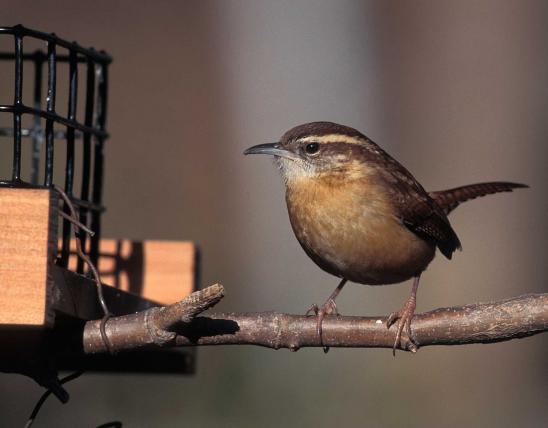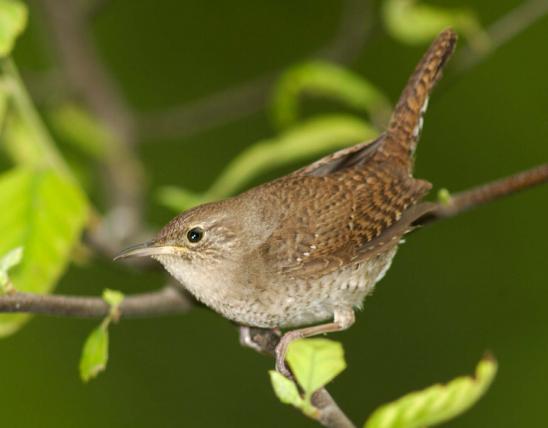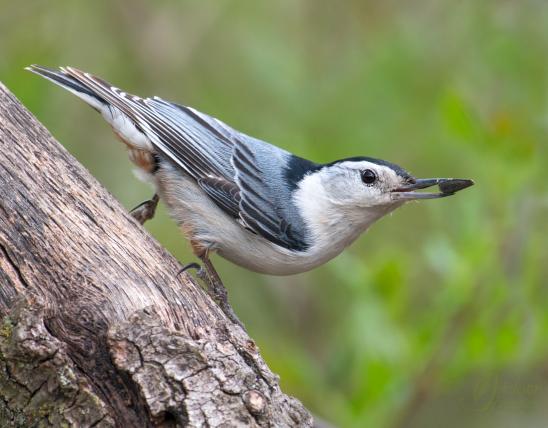
Brown creeper adult upperparts are streaked with black, gray, and brown; underparts are white. The tail is stiff like a woodpecker’s, helping to prop up the creeper as it climbs trees. The bill is long and downcurved. The song is a high-pitched series of lispy whistles, “see-see-see-sese-see” or “tsi-ti-whe-tu-we,” also high-pitched “tsee” or “tsi” calls. Although usually detected first by their call, this cryptically colored species can be identified by its unique foraging behavior.
Similar species: White-breasted and red-breasted nuthatches have gray backs and not brown streaked; they generally move down trunks, often facing downward, and they do not use their tail as a prop.
Length: 5¼ inches (tip of bill to tip of tail).
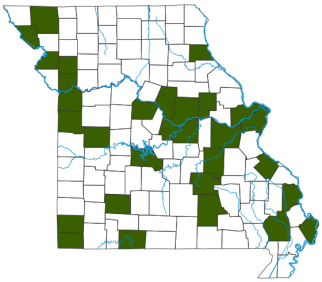
Statewide as a migrant; there are only a few nesting records. The islands of the Mississippi River north of St. Louis are the most likely regular nesting areas.
Habitat and Conservation
In spring and fall, creepers are usually present in most woodlands and forests and are relatively common. By early winter, the majority have migrated through. A few remain through winter. In January, if and when a cold snap occurs, many creepers apparently leave the upland forests and move to forests and second-growth woodlands in valleys and floodplains of streams and rivers. In the southern third of the state, creepers are more abundant during winter and are present in most forested areas.
Food
Forages for insects, spiders, and nuts in the bark of trees. Starting at the base of a medium or large, rough-barked tree, a creeper spirals upward around the trunk searching in the crannies of the bark for hidden insects. It may explore some of the upper branches, especially in early-morning sunshine. Finished with one tree, it flutters rapidly to the base of a nearby one and repeats the process. Once you locate a brown creeper, you can watch it move from tree to tree.
Status
Common migrant; uncommon winter resident, usually more common in southern Missouri. They require large trees for foraging habitat, and dying trees for nesting habitat. Logging tends to lower their populations, and so can widespread insecticide use. Worldwide, there are 8 members in the creeper family; this is the only one in North America.
Life Cycle
Brown creepers probably nested more abundantly in Missouri when our state had large bottomland forests. Today, they are mainly reported during breeding season from the island forests of the upper Mississippi River. Nests resemble hammocks strung between the trunk and a loose piece of bark on a dead tree. The 5 or 6 eggs incubate for 13-17 days, and the nestlings fledge 14-20 days after hatching.
Human Connections
Forests are vital resources for humans for a variety of reasons: timber and nut harvests, maintaining water quality, and recreation and tourism, for example. Brown creepers help control populations of insects that damage trees, limiting their impact on forests, and helping our forests stay healthy.
Ecosystem Connections
Insects and spiders, with their multitudes of offspring, have a staggering potential for population growth. It is part of the natural order that a host of insectivores, such as the brown creeper, spend their lives hunting them. In turn, snakes, mammals, and other birds eat brown creepers.


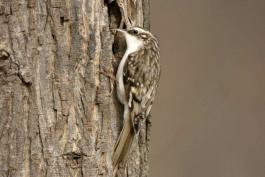

Where to See Species
About 350 species of birds are likely to be seen in Missouri, though nearly 400 have been recorded within our borders. Most people know a bird when they see one — it has feathers, wings, and a bill. Birds are warm-blooded, and most species can fly. Many migrate hundreds or thousands of miles. Birds lay hard-shelled eggs (often in a nest), and the parents care for the young. Many communicate with songs and calls.






















